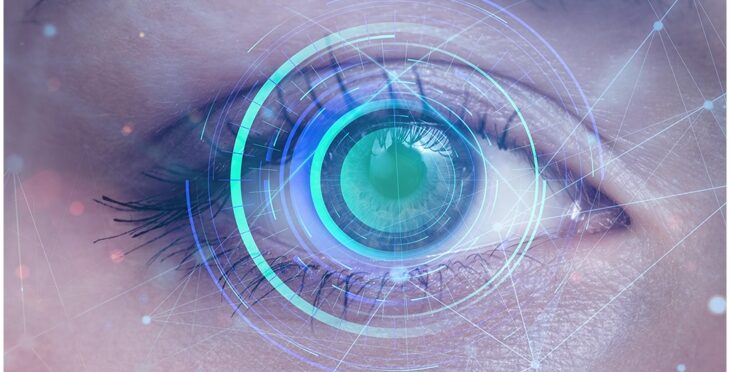Comprehensive Retina Service Near Me: Advanced Eye Health Care
Comprehensive Retina Service Near Me: Advanced Eye Health Care
Blog Article
The Duty of Advanced Diagnostic Devices in Identifying Eye Disorders
In the realm of ophthalmology, the application of innovative analysis devices has actually revolutionized the very early identification and management of various eye problems. From spotting subtle adjustments in the optic nerve to monitoring the development of retinal illness, these modern technologies play a crucial role in boosting the accuracy and performance of detecting ocular conditions. As the demand for accurate and timely medical diagnoses proceeds to grow, the integration of cutting-edge tools like optical coherence tomography and aesthetic field testing has become essential in the realm of eye treatment. The complex interaction between technology and ophthalmic techniques not only loses light on elaborate pathologies but also opens up doors to customized treatment techniques.
Value of Early Medical Diagnosis
Early medical diagnosis plays a pivotal duty in the reliable administration and treatment of eye disorders. Timely recognition of eye problems is critical as it permits timely treatment, potentially avoiding more progression of the disease and minimizing long-lasting issues. By detecting eye disorders at an onset, medical care companies can provide ideal therapy plans tailored to the certain problem, eventually resulting in far better results for clients. Additionally, very early diagnosis allows individuals to access necessary assistance solutions and resources earlier, improving their total high quality of life.

Innovation for Detecting Glaucoma
Innovative analysis modern technologies play an important role in the early detection and monitoring of glaucoma, a leading root cause of irreparable loss of sight worldwide. One such innovation is optical comprehensibility tomography (OCT), which provides in-depth cross-sectional pictures of the retina, permitting the measurement of retinal nerve fiber layer density. This measurement is essential in evaluating damages triggered by glaucoma. An additional sophisticated tool is aesthetic field screening, which maps the level of sensitivity of a client's aesthetic area, helping to identify any type of areas of vision loss quality of glaucoma. Furthermore, tonometry is used to determine intraocular pressure, a significant risk factor for glaucoma. This examination is essential as elevated intraocular pressure can lead to optic nerve damages. Newer modern technologies like the usage of artificial intelligence algorithms in evaluating imaging information are showing appealing results in the early discovery of glaucoma. These innovative analysis devices allow ophthalmologists to detect glaucoma in its onset, permitting for timely intervention and far better administration of the condition to stop vision loss.
Duty of Optical Comprehensibility Tomography

OCT's capacity to measure retinal nerve fiber layer thickness allows for accurate and objective dimensions, assisting in the very early discovery of glaucoma also before visual area defects end up being apparent. In general, OCT plays a critical role in enhancing the analysis accuracy and monitoring of glaucoma, ultimately contributing to better outcomes for people at danger of vision loss.
Enhancing Diagnosis With Visual Field Testing
A crucial component in comprehensive ocular analyses, visual field screening plays a critical duty in enhancing the diagnostic process for numerous eye conditions. By evaluating the complete extent of a patient's visual area, this test gives essential details concerning the useful honesty of the entire aesthetic path, from the retina to the aesthetic cortex.
Visual area screening is especially beneficial in the diagnosis and administration of conditions such as glaucoma, optic nerve conditions, and various neurological conditions that can see it here affect vision. Via quantitative measurements of outer and central vision, medical professionals can detect refined adjustments that might suggest the visibility or progression of these conditions, even before visible symptoms take place.
In addition, aesthetic area testing permits the monitoring of therapy efficacy, aiding ophthalmologists tailor restorative treatments to individual people. eyecare near me. By tracking adjustments in visual area performance gradually, medical care service providers can make informed choices regarding adjusting drugs, suggesting surgical treatments, or applying various other appropriate actions to maintain or enhance a client's aesthetic feature
Handling Macular Degeneration

Conclusion
In final thought, progressed analysis tools play a crucial duty in determining eye disorders early on. Technologies such as Optical Coherence Tomography and visual field testing have actually substantially improved the precision and efficiency of diagnosing problems like glaucoma and macular degeneration.
Report this page